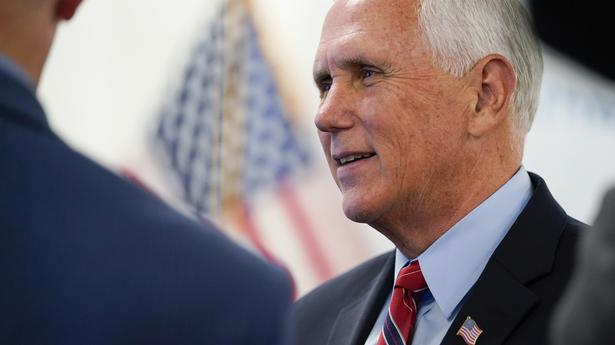Dr. Anjal Prakash is the Research Director and Adjunct Associate Professor with the Bharti Institute of Public Policy at the Indian School of Business. He is also the author of the recent Intergovernmental Panel on Climate Change (IPCC) report titled ‘Climate Change 2022: Mitigation of Climate Change’. He elucidates simple steps that individuals and housing societies can take to live a sustainable lifestyle and the need to focus on blue and green infrastructure.
The campaign slogan of this year’s World Environment Day (June 5) is ‘Only One Earth’ with the focus on ‘Living Sustainably in Harmony with Nature’. How do you think we can achieve this?
There are many ways in which we can still live in harmony with nature. The first thing is to change our perspective towards nature. If we protect nature, nature will protect us. So the attitude of reverence towards nature ascribed in our ancient literature becomes a very important point for us. We must use the mantra – reduce, recycle and reuse — in each and every action that we take. But executing this principle needs a collaboration between individuals, institutions and government policies which must be aligned.
What are the ways in which someone in a metro city can reduce, reuse and recycle?
What people can do very easily is to segregate the organic and inorganic waste at home and compost the organic matter which constitutes around 60-70% of our household waste. It would save the same from going to dumping yards and polluting the environment. The inorganic waste could be recycled. People must also refuse to accept single-use plastics as much as possible. For example, I have a big shopper bag which has internal separators, so when I go to buy vegetables, I do not take plastic cover and segregate the vegetables there using the compartments. In this way, during one weekly shopping, I save around 10-15 single-use plastic bags.
At the micro level, which steps can be taken by a residential society and an individual to live a sustainable lifestyle?
All the residential societies must harvest rainwater. It’s a very simple process of connecting the rooftop with a pipe and putting it underground. It could be used in two ways – first to directly put the water underground using the filtration method which recharges the groundwater. Second, it could also be used for drinking water if underground storage is built within the residential society. Where water is saline, this storage provides fresh drinking water to people and depending on the size, it could meet more than 60% to 100% of the potable water requirement of individuals making them self-sufficient. If we use the rainwater to recharge borewells, we save the cost of tankers especially during the summer season when water levels go down.
Does using eco-friendly products benefit the environment in any way? Or is it just for the individual to feel good about her contribution?
Every contribution to reducing the burden on earth benefits our planet. Eco-friendly products are items that benefit the environment, society, and economy while protecting public health and the environment over their entire life cycle, from raw material extraction to the final disposal. If we take this definition, some of the products do reduce the burden on our planet as they do not pollute and thus benefit all of us. However, there are lesser regulations and monitoring of such products which could be a policy initiative that the government could take and enforce.
Can you give an example of urban living, where environmentally conscious decisions are taken?
The recent IPCC report showed that cities contribute to more than 70% of greenhouse gas (GHG) emissions. Out of this, just 25 mega-cities produce 52% of the world’s urban GHGs. There are many examples of sustainable urban living. Some of them are – public transport systems such as local trains and metro systems, areas that have walking andor cycling turfs, electric vehicle charging stations, green buildings, solar farms and water conservation methods used in urban living. One can have a combination of these systems which contributes to environmentally conscious decision making. We need to focus on building blue and green infrastructure in cities.






